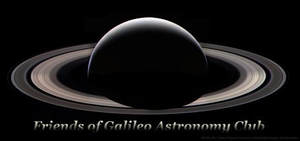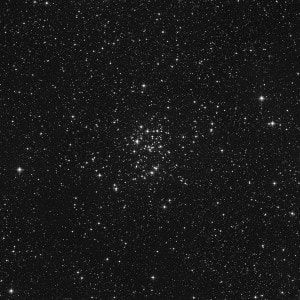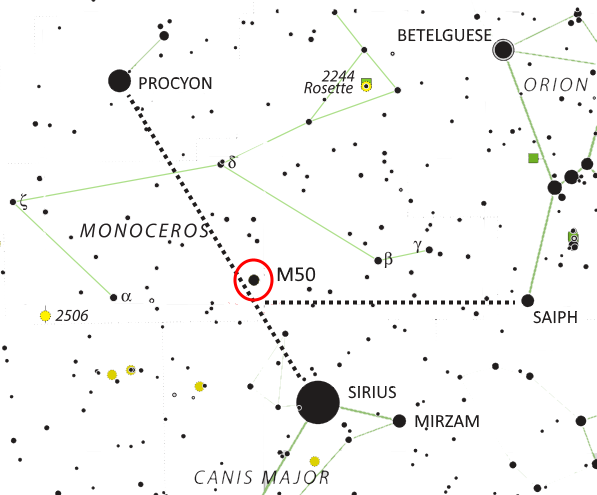FOG Blog
|
Click the link below to view or download this month's newsletter.
0 Comments
Sky Report by Ted Gruber
Evening Sky Mercury returns to the evening sky in mid-February and makes its best evening appearance of the year later in the month. The innermost planet shines at magnitude -0.9 on February 20, and although it becomes dimmer each evening, it climbs slightly higher in the sky until it reaches its greatest eastern elongation on February 26. That evening, Mercury appears 11° above the western horizon about 30 minutes after sunset and shines at magnitude -0.4. Mercury remains visible in the evening sky through the first week of March, but it appears fainter and lower to the horizon with each passing day, dimming to magnitude 2.0 by March 7. Mars (magnitude 1.1) becomes visible high in the southwestern sky as darkness falls. Although nowhere near as bright as it was last summer, the red planet is still easy to spot, and only dims very slightly over the next month. Mars remains visible until setting in the west around midnight. Morning Sky Jupiter (magnitude -2.0), Saturn (magnitude 0.6), and Venus (magnitude -4.1) are easily visible in the pre-dawn southeastern sky. Jupiter now rises around 3:30am and about 90 minutes sooner by mid-March (3:00am adjusting for daylight savings time). Saturn rises next, followed by Venus, with the gap between them increasing each morning. The three planets appear evenly spaced apart in mid-March. Moon Phases Last (2/26), new (3/6), first (3/14), full (3/20), last (3/28). Messier of the Month – M50 or Heart-Shaped Cluster M50, also known as the Heart-Shaped Cluster, is a magnitude 5.9 open cluster in the constellation Monoceros, east of Orion. It is about 3,000 light years distant, contains between 200 and 500 stars, and has an estimated age of 140 million years. Binoculars resolve two or three bright stars, smaller telescopes reveal the cluster’s heart shape, and larger telescopes resolve 40 or more stars. |
Friends of Galileo
We are astronomy enthusiasts who love to learn and to share our wonder at the amazing sights right overhead. Archives
February 2024
Categories
All
|
||||||



 RSS Feed
RSS Feed